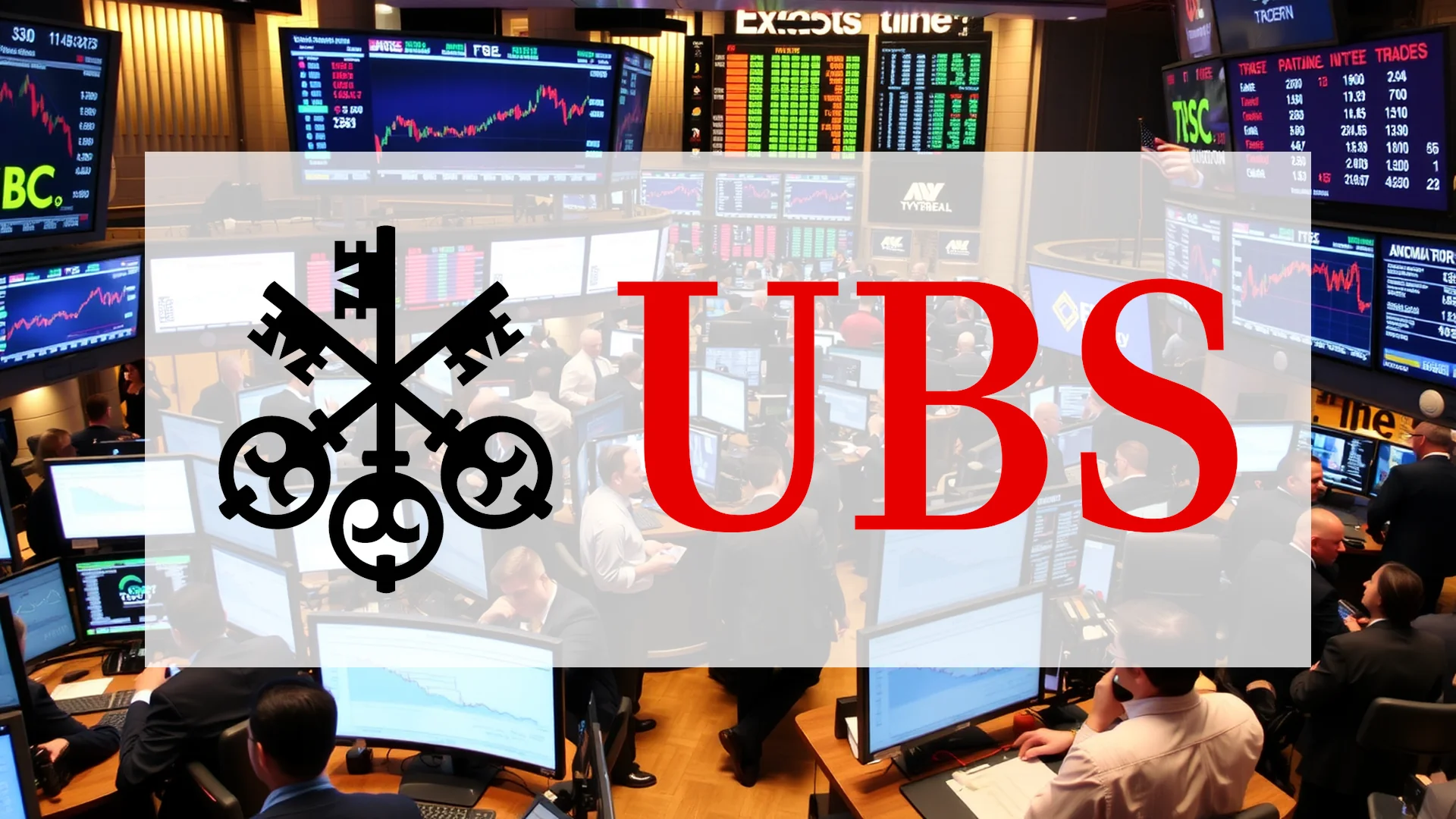While UBS shares are currently demonstrating relative strength and rank among the more resilient performers in the market, this positive facade may be misleading. Beneath the surface of short-term price gains, a significant caution from analysts blends with investor optimism. However, a more profound and fundamental shift has occurred in the background: a key safety mechanism that had supported the share price for months has just been deactivated. Are investors inadvertently stepping into a trap?
The Protective Barrier Has Been Removed
A critical, and often overlooked, factor is set to make the stock’s position more precarious in the coming weeks. The “safety net” provided by the share buyback program for 2025 has vanished. The bank recently announced the completion of this initiative, which alone in the second half of the year saw the repurchase of its own shares valued at $2 billion.
This development introduces specific risks for shareholders:
Should investors sell immediately? Or is it worth buying UBS?
- Disappearing Demand: The company itself, which acted as a constant buyer, has been removed as a stabilizing force for the remainder of the year, with no replacement in sight.
- A Long Wait: Investors must now exercise patience until February 4, 2026—the date when the bank plans to announce new details regarding capital returns.
- Increased Volatility: Without this internal “shock absorber,” the stock becomes more vulnerable to downward swings during periods of market turbulence.
Barclays Sounds the Alarm: A Question of Value?
Despite the current show of strength, the British investment bank Barclays is pouring cold water on the enthusiasm. Analyst Claudia Gaspari is maintaining her “Underweight” rating and advising caution. Her reasoning targets the valuation directly: when compared to its European peers, the upside potential for the Swiss banking giant appears to be fully exhausted.
Gaspari instead points investors toward the competition. Rivals such as Deutsche Bank or ABN Amro are not only appealing with more attractive valuations but are also presenting more promising growth forecasts for the coming years. The message is unambiguous: while UBS is a solid institution, those seeking returns might currently be in the wrong vessel, according to Barclays.
From a technical chart perspective, UBS shares are struggling to maintain footing, even as broader geopolitical hopes support the overall market. The stock is presently trading at 32.89 Euros, yet a glance at the technical indicators calls for vigilance. With a gap of approximately 2 percent from its 50-day moving average (33.60 Euros), the share has not yet sustainably reclaimed the medium-term trend. The major unknown, until the reporting season in February, is whether the bank’s operational strength will be sufficient to close the valuation gap with its competitors without the support of its own buybacks.
Ad
UBS Stock: Buy or Sell?! New UBS Analysis from November 26 delivers the answer:
The latest UBS figures speak for themselves: Urgent action needed for UBS investors. Is it worth buying or should you sell? Find out what to do now in the current free analysis from November 26.
UBS: Buy or sell? Read more here...










